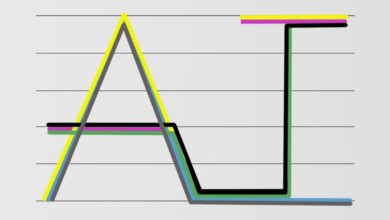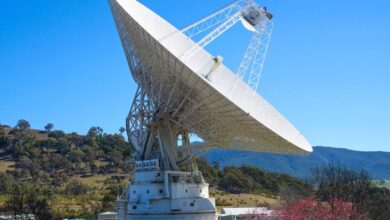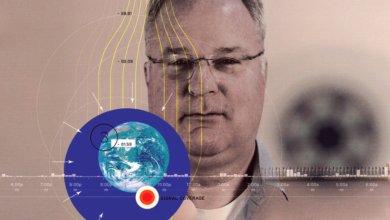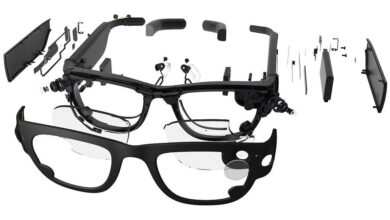This Engineer Became a Star in Technology Publishing
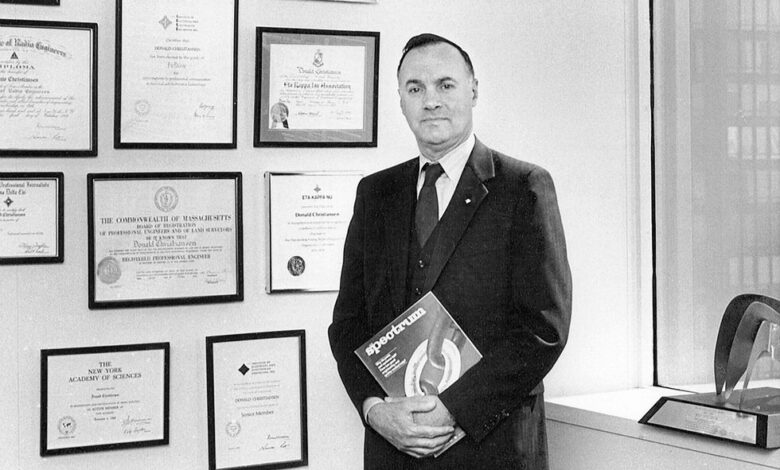
Donald Christiansen, who transformed IEEE Spectrum from a promising but erratic technology magazine into a repeat National Magazine Award winner, died on 2 October 2024, at the age of 97, in Huntington, N.Y.
After growing up in Plainfield, N.J., Don joined the U.S. Navy during World War II as an 18-year-old. He
served aboard the aircraft carrier San Jacinto, an experience that led many years later to a book, The Saga of the San Jac. After the war, in 1950, he received a bachelor’s degree in electrical engineering at Cornell University. From 1950 to 1962 he worked for CBS’s Electronics division, an arm of the broadcasting network headquartered in Danvers, Mass. It manufactured vacuum tubes for radios and televisions, and later, semiconductors.
But Don wasn’t a typical engineer. He had a burning desire to write and had a knack for crafting deft, engaging stories. By 1959 he was a regular contributor to
Electronics World, a popular newsstand magazine published by Hugo Gernsback.
It was a modest start to what would be a rapid rise in publishing. A couple of years later, at age 35, he became a full-time editor at
Electronic Design. In 1966, he moved to McGraw-Hill’s Electronics magazine, the kingpin publication of a thriving subsegment of the business press. And a few years after that, he was editor in chief. In those days, an issue of Electronics might have as many as 250 pages. The magazine had an editorial staff of about 50 people, with bureaus in Bonn, London, and Tokyo.
IEEE Spectrum, meanwhile, was a fledgling magazine. Following the IEEE’s formation in 1963, Spectrum made its debut in January 1964. Those early issues of Spectrum were a funky hybrid of house organ and magazine. There was a “News of the IEEE” column, often illustrated with posed pictures of conference organizers holding printed programs and smiling resolutely. A “People” segment noted career milestones of IEEE members, illustrated with yet more resolute smiles.
In April 1993, IEEE Spectrum won a National Magazine Award for its reporting on Iraq’s effort to build an atomic bomb. The staffers who worked on the report were John A. Adam [center] and Glenn Zorpette [right]. Editor in Chief Donald Christiansen is at left.IEEE Spectrum
The features were a varied mix, generally illustrated with graphs, charts, and tables. Some articles were only marginally more readable than technical papers, while others were sprawling, thinky pieces of actual or imagined social relevance. For example, the second issue of
Spectrum featured an article titled “Graduate Education: A Basic National Resource.” During this era, mathematical equations sporadically swarmed into the feature well like ants at a picnic.
After about seven years of this,
Donald G. Fink, the IEEE’s executive director (then called a “general manager”), decided it was time for Spectrum to have a full-time professional editor in chief. By then, Fink had grown weary of fielding the question “Who’s really running this magazine?” Fink also knew who he wanted for the role: Christiansen. Like Christiansen, Fink had been the top editor at Electronics.
Fink asked Christiansen to write a proposal describing what he would do with
Spectrum if he were the editor. Christiansen’s plan was straightforward: Ban mathematical equations; publish shorter, tightly edited feature articles; and include more staff-written features. And he insisted on being not just the editor but also the publisher of Spectrum. Fink submitted Christiansen’s proposal to the IEEE board of directors, which agreed to all the conditions.
As editor in chief, Don showed an enduring interest in ethical conflicts experienced by engineers. In 2014, he told me how this preoccupation began. In the late 1950s, CBS was competing with RCA for a big contract from Motorola to produce tubes, including cathode-ray tubes, for color televisions. A group of Motorola executives wanted to visit CBS’s production facilities to see the CRTs being produced. The problem was that at the time, CBS had only six working CRTs and was experiencing problems with the manufacturing line. So they basically orchestrated a phony demonstration, making it appear as though the line was completing the CRTs in real time, before the visitors’ eyes.
The ruse worked. CBS landed the contract and soon fixed the problems with the manufacturing line. But Don never forgot that experience.
Spectrum’s November 1979 issue, containing a special report on the accident at the Three Mile Island nuclear plant, won a National Magazine Award.IEEE Spectrum
Don hired me to be a
Spectrum staff editor in 1984. In those days, the IEEE occupied a couple of floors in a building on the northwest corner of 47th Street and First Ave., in the tony Turtle Bay area of Manhattan. Don’s office, on the 11th floor, was in the southeast corner of the building, overlooking the United Nations rose garden and, beyond that, the East River and Queens. The immense office, flooded with natural light, was like a museum, decked out with various certificates, diplomas, recognitions, and awards Don had won in connection with Spectrum or one of his other ventures, including McGraw-Hill’s Standard Handbook of Electronic Engineering, a cash cow for many years.
Don, it might be said, was not a gregarious man. During a typical day, he mostly kept to his office, his solitude gently but firmly protected by his assistant, the late
Nancy Hantman. Still, he occasionally surprised us staffers. One day, out of the blue, he announced a photography contest and then submitted some entries of his own. These included a couple of very slickly lit portraits of fashion models wearing leotards.
Don’s rigorously top-down managerial style was very much a product of his time. He had an eye for talent, and he believed in giving people plenty of room to maneuver. It led to many great stories—and journalism awards. In 1979,
Spectrum explained to the world exactly what caused the partial meltdown in a reactor core at the Three Mile Island nuclear plant in Pennsylvania. In 1982, just after the war in the Falklands, the magazine made a wide-ranging assessment of rapidly advancing military technologies. In 1985, we unraveled the chain of events that led inexorably to the breakup of AT&T and correctly predicted what it would mean for the future of communications. And in 1992, we detailed how Iraq tried to build an atomic bomb, and how the discovery of that clandestine effort led to new ideas about safeguarding nuclear weaponry. All four of those investigations won National Magazine Awards, putting Spectrum among the very few—count ’em on one hand—association magazines ever to win the awards repeatedly.
For many years after retiring from the IEEE, Don wrote a popular column called “Backscatter” for Today’s Engineer, a publication of IEEE-USA, the IEEE’s advocacy group for U.S. engineers. He wrote about pretty much whatever he wanted, but many columns drew on his firsthand exposure to some of the great events and people during an amazing time in technology. He never lost his passion for professional concerns: For several years he organized a seminar on engineering ethics for the Long Island, N.Y., IEEE section, of which he was an active member.
Don straddled the worlds of engineering and publishing in a way that few others ever did, before or after him. In doing so, he left an indelible mark on
IEEE Spectrum, which still bears traces of his editorship. He also showed many of us how expansive an engineering magazine could be.
IEEE Spectrum

